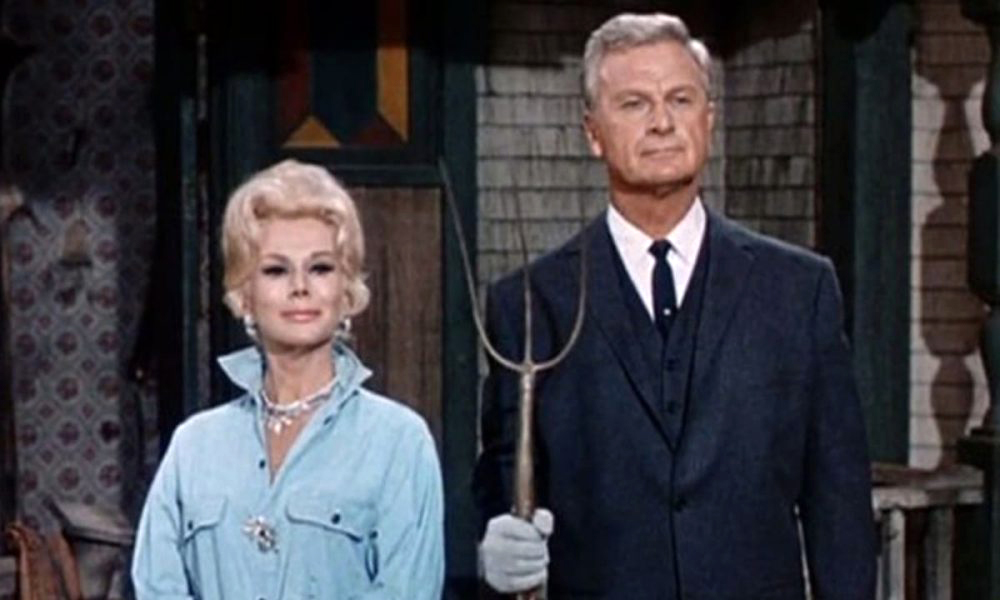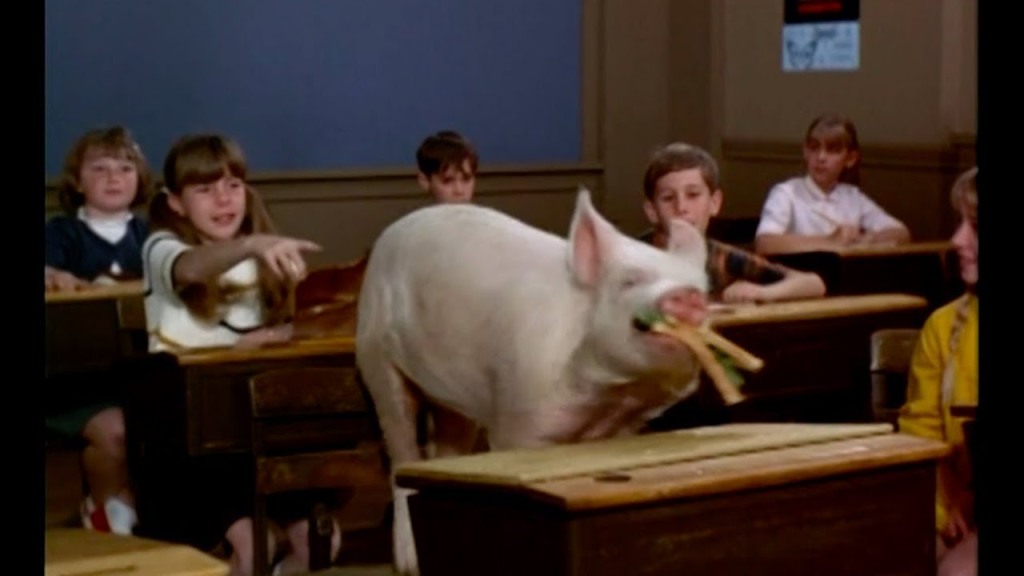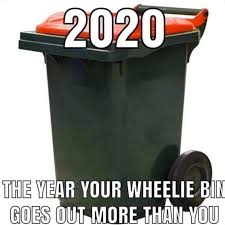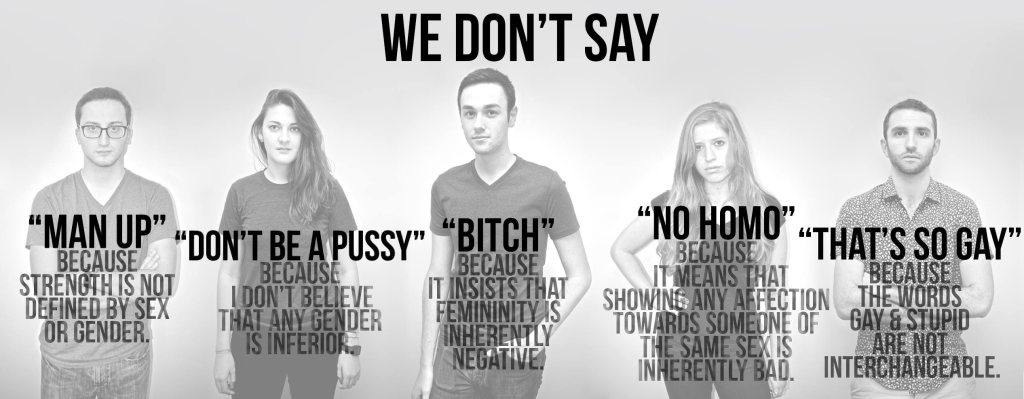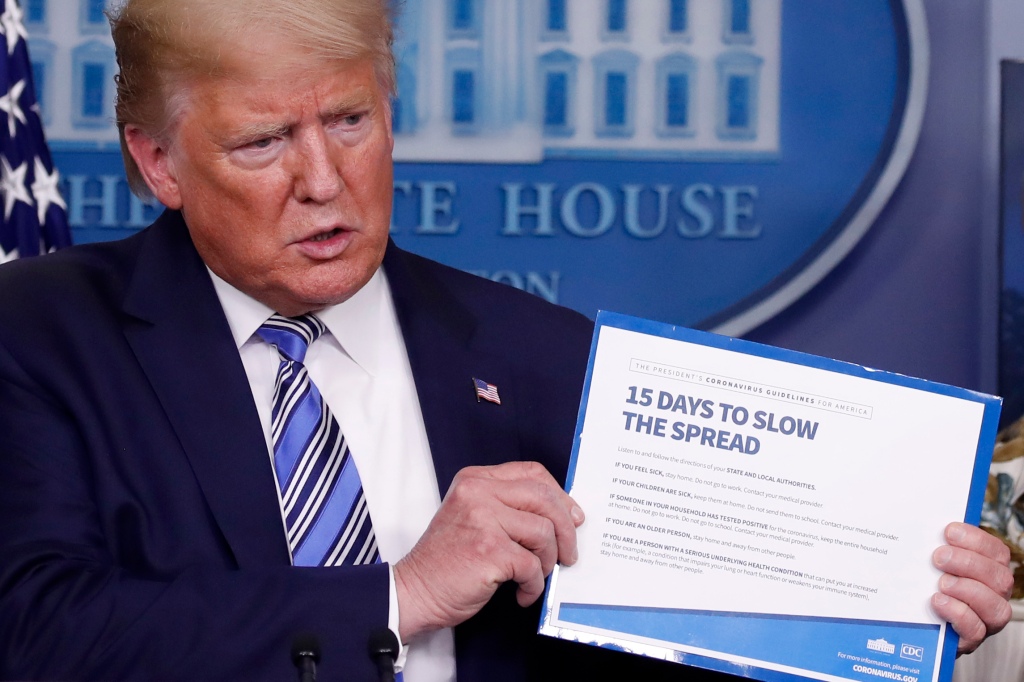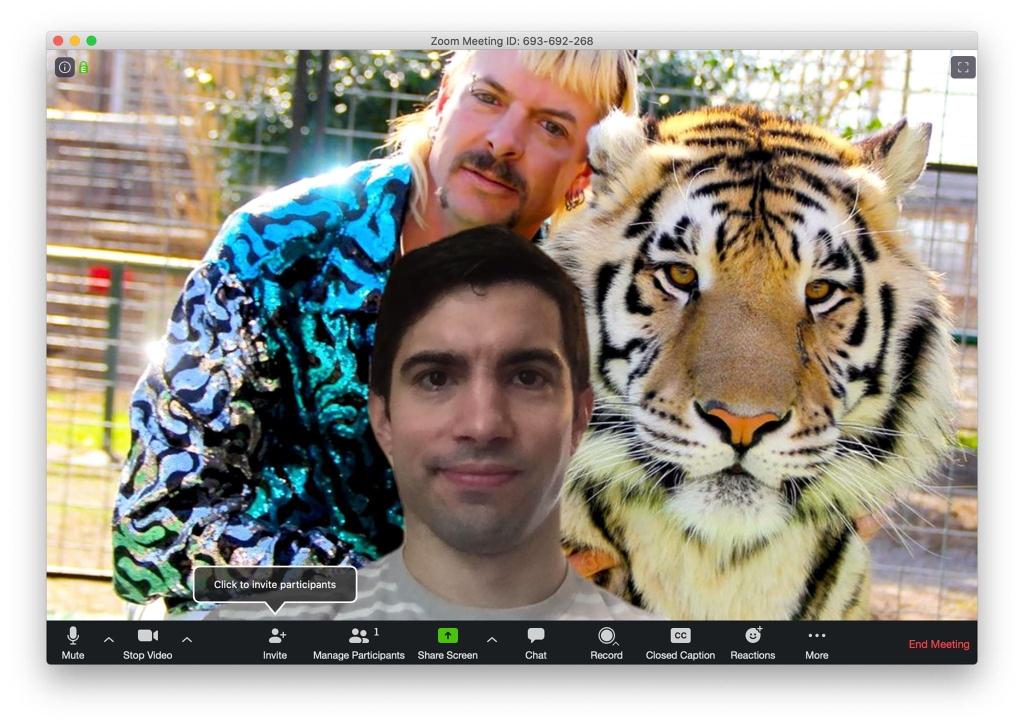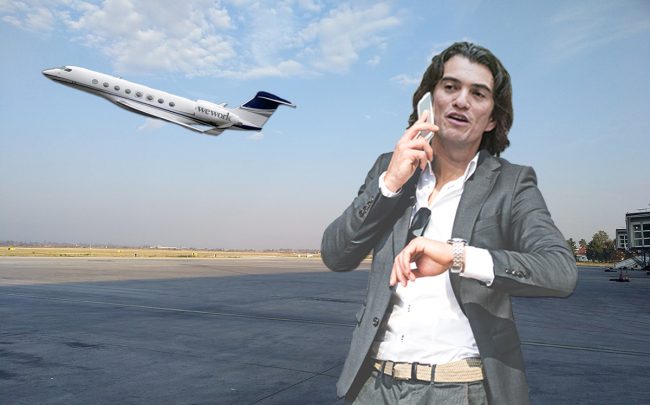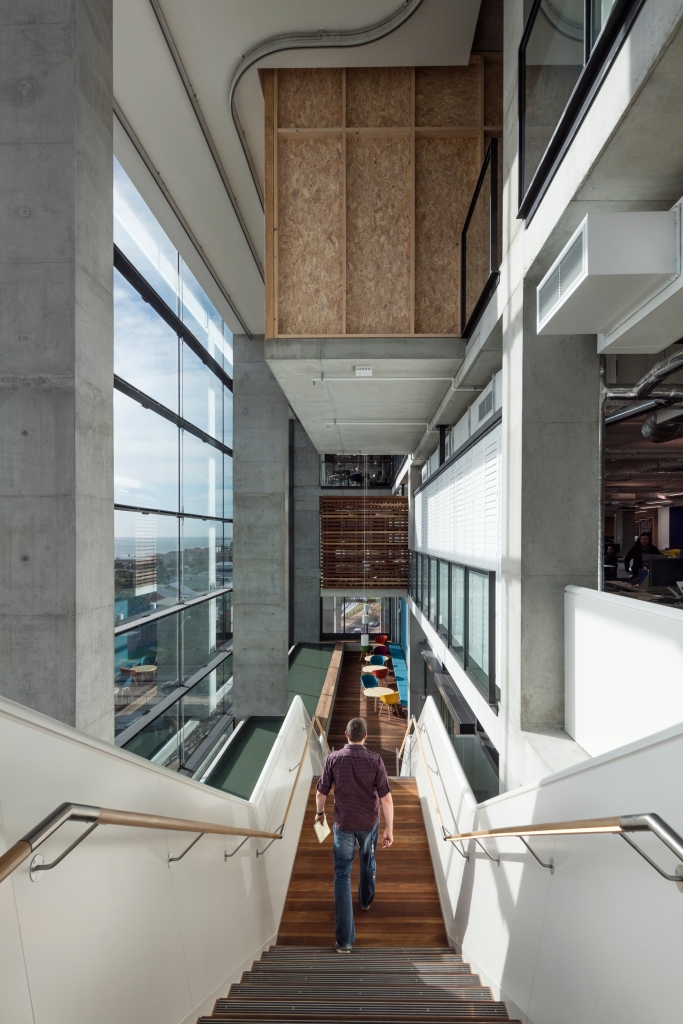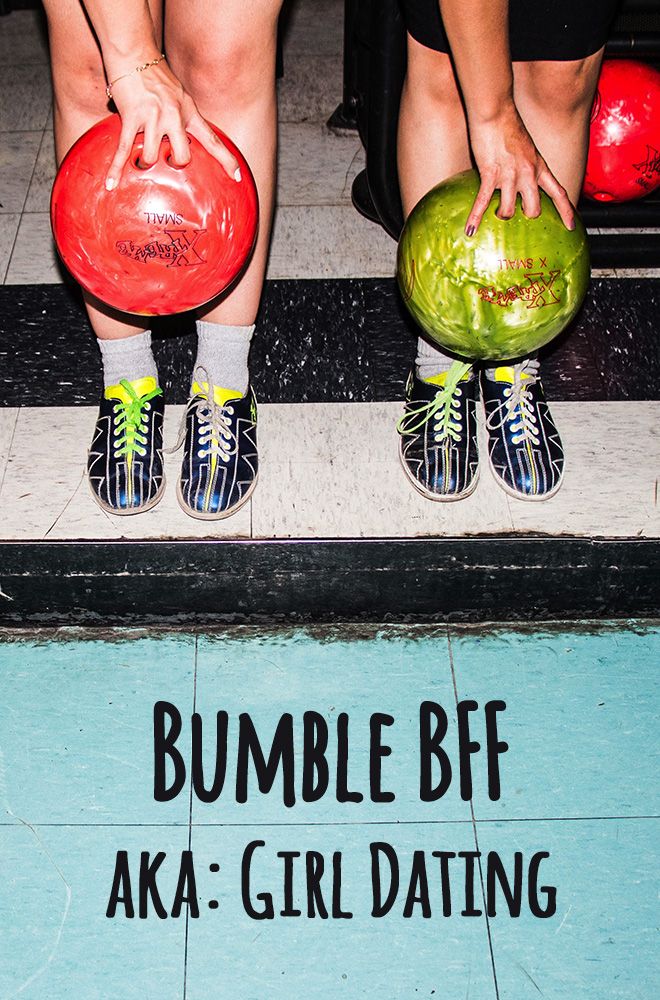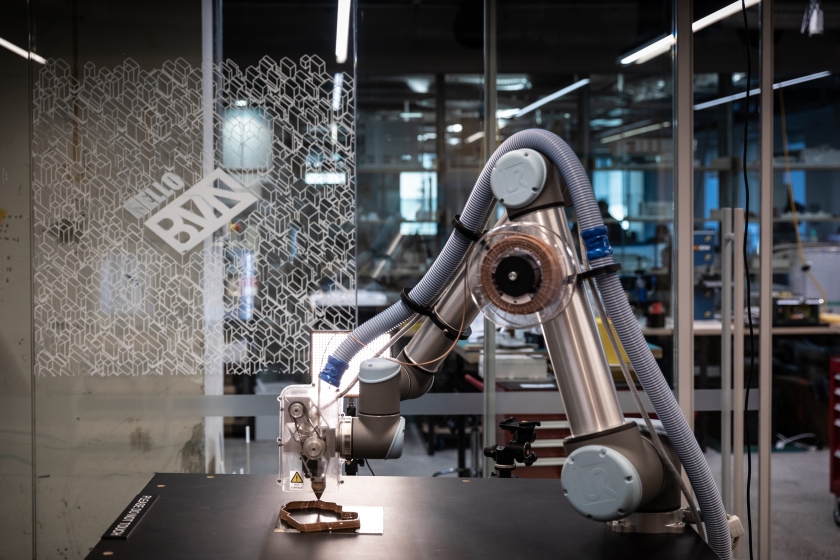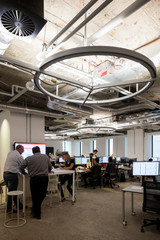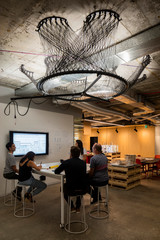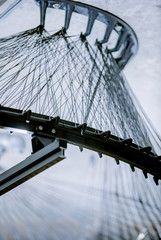By Laurie Aznavoorian Article 114
Recently I read a book by Nir Eyal, he was the CEO of a company that places ads on Facebook and is known for his expertise in behavioural engineering that he uses to teach software designers clever tricks for developing habit-forming products. I’m not sure if he was also responsible for the algorithms used to tailor ads to users’ accounts. Mine were for adult diapers, this along with the 2016 US elections motivated me to close my account in a huff. My distaste for Facebook did not stop me from reading Eyal’s book Hooked: How to Build Habit-Forming Products which I devoured with great interest given its focus on the overlap of human science and products.
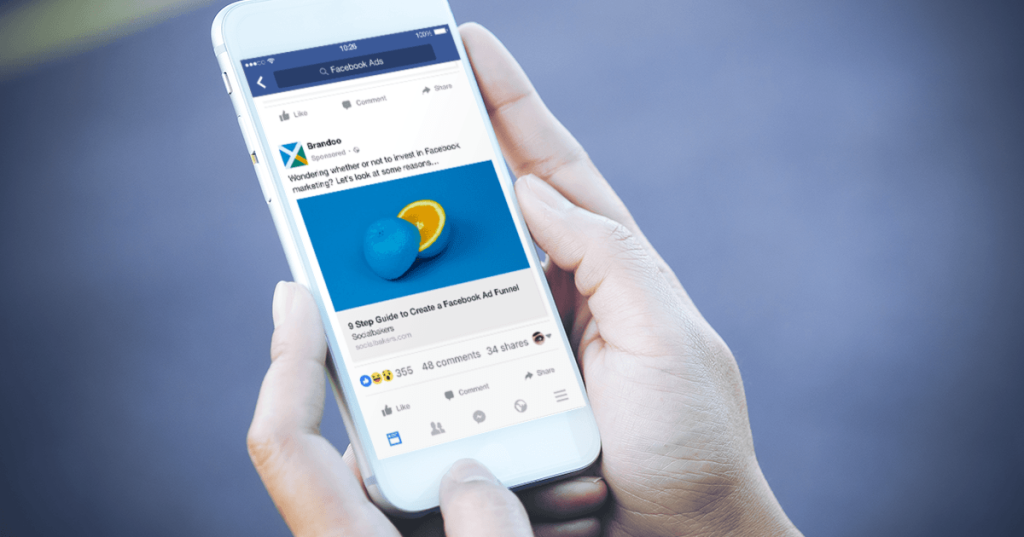
I am not a religious person, since being married by an Armenian priest wearing embroidered slippers curling up at the toes and a matching cape with a collar that stood up like a dog cone… wait there’s more, the cape had a photo of Jesus in a plastic sleeve on the back that got me wondering (as you do during your wedding ceremony) whether he changed the photo depending on the service. That query was put to rest a few years later when the same priest christened our son wearing a different slipper/cape ensemble. The point here is, religious lore is not my forte, hence my need to turn to Google for confirmation of the 7 deadly sins; because I’m pretty sure I am disposed to at least one after reading Eyal’s book – envy.
The book proclaims the virtues of the ‘hooked model’ a methodology to create habit-forming behaviour in users via a looping cycle that consists of a trigger, an action, a variable reward, and continued investment. Software designers use this to exploit our flawed human psychology, we get hooked because when we engage with their product it gives us a dopamine rush. Domamine is one of 20 neurotransmitters that carry messages around our bodies telling our lungs to breath, our hearts to beat, it tells us to drink water when we’re thirsty, and to play with our mobile phone 2 to 4 hours a day if you’re a light user.
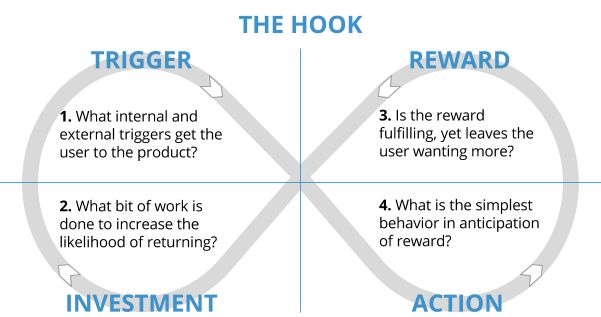
Leveraging the same neural circuitry employed in slot machines product designers encourage phones to be unlocked 150 times a day on average, 71% of us sleep with them, 75% take the phone to the loo and 66% of the world’s population shows signs of nomophobia no-mobile-phone-phobia. So why you might ask, would you be envious of designers that use persuasive technology to influence behaviour and addict people to something as habit forming as nicotine, alcohol, amphetamines and cocaine? I suppose I’m pissed that we didn’t think of it first, we are every bit as clever as software designers and have better fashion sense to boot.
The capacity for so-called “persuasive technology” to influence behaviour is only now being understood, but it is something worthwhile for architects and workplace designers to consider. Especially if you believe Hub Australia and Worktech’s latest survey that indicates a fifth of respondents said the physical office will be obsolete in the next decade. So that gives us ten years to figure out how to make ourselves relevant. While we work on our next moves, our clients will need to sort equipment and tools to support virtual space and do some hard yard with their leaders. Some surprisingly still believe they can coerce employees to return to the office full time by threatening loud unemployment to offset quiet quitting and other mutinous pandemic spawned ideas.
Last post I floated the idea that technology is now the place where work is done leaving the workplace as an enabler. Continuing on that path, if you can swallow the concept of workplace being a thing or product, then how much more of a leap is it to treat space like other products and then how much further do you need to go before applying a small bit of Eyal’s thinking in order to make spaces more sticky, attractive and worth going to – not to mention to encourage occupants to behave in the way we hope they will?
Before abandoning the idea remember when co-working became popular, we accepted the idea of SaaS – space as a service – maybe this is the SaaP decade? Please don’t misunderstand, I am NOT endorsing the adoption of nefarious mind-altering strategies, I may be envious, but have moral conviction unlike Mr. Zukerberg. This is merely a suggestion for our industry to toss around over a few beers and see where it takes us. Do that thing we are good at, think about problems and solve them.
At the University of Arizona Professor Doug Macneil introduced our first-year architecture class to Grady Gammage Auditorium which is considered to be one of the last public commissions of Frank Lloyd Wright. The building looks like a wedding cake that led the students to conclude Wright was drunk when he designed it, but Doug wanted us to pay attention to an inside balcony with a low guardrail. He suggested the height discouraged people from going close to the edge without the need for a sign, he followed this example with a photo of a wall tile pattern in a tunnel at LAX that encourages rapid movement. As if one needs a nudge to get out of LAX.

Our professor didn’t use the words nudge or choice back then, if he gave the lecture today, he would call this ‘choice architecture’. In the last decade nudging and choice has been used to varying degrees of success to encourage changes in consumer behaviour, it is built on well-established behavioural research. You see one example of this in fast food restaurants where kilojoule counts are displayed alongside the price.
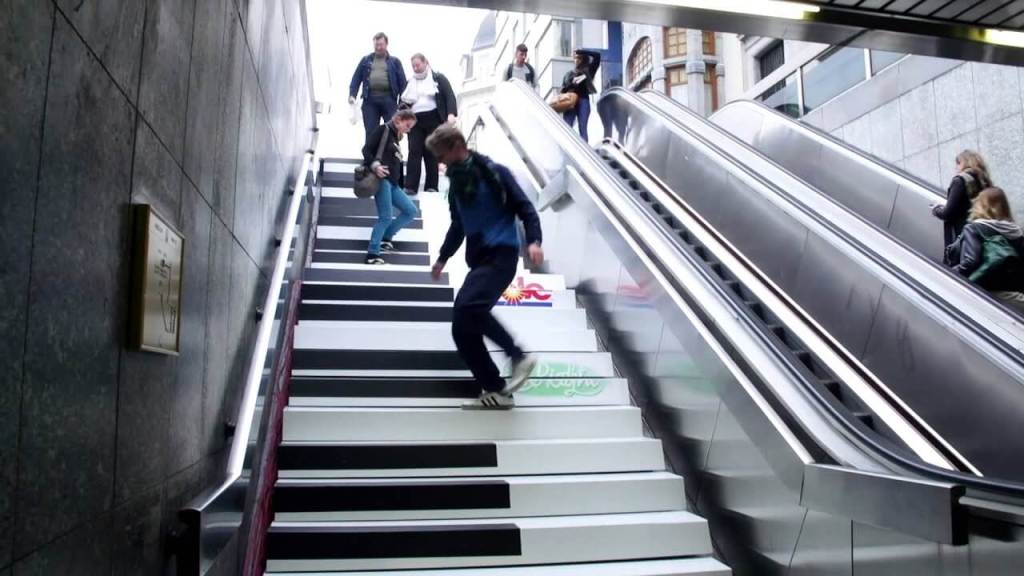
The concept of deliberately encouraging individuals to do something because it is in their, or societies, best interest is also sometimes called ‘libertarian paternalism’. It’s a way of encouraging behaviour without removing freedom of choice. Unfortunately, nudging relies on sustained behavioural change, which is difficult. Humans are not rational beings even when they know what they are doing is not in their best interest. I for instance had three glasses of Pinot Noir at my friend Agustin Chevez’s book launch this week knowing it was a mistake, but I did it anyway. By the way you should read his book A Pilgrim’s Guide to the Workplace. download for free here https://link.springer.com/book/10.1007/978-981-19-4759-9
The way choice architecture works is it provides information about an issue, product or service with associated warnings or risks. Goals and reminders like retweets and likes are employed to increase engagement, and in some cases data or insight into habits provide the gory facts that inspire change. You might see this at the end of the week when your iPhone informs you of screen hours. Kudos to Apple for trying! In contrast Nir Eyal is against companies regulating habit-forming technology. He thinks individuals should take responsibility for their actions, but since most Tik Tok and Instagram users are 15 and can’t remember to brush their teeth it’s a weak position.
Of course, many of the examples above are technology, but I’d posit the overlap between technology, space and people’s behaviours is more important now than ever before; and through exploration of this mix, we can make ourselves more relevant. I love to use the line ‘space is a powerful tool’ with clients, I believe it, but admit we don’t leverage space to its full potential. Briefs are simplistic and omit problems that we think are not in our department such as isolation, loneliness, and a growing mental health epidemic.
I know why we do this, because we don’t have the fee to explore tangents not to mention the fact that many practices made their thinkers and experienced professionals redundant during the pandemic, replacing them with graduates to crank out Revit. Frankly, our education also doesn’t provide the skills and many of us simply don’t have the desire to do more. Face it lots of architects and designers like making pretty things and could give two stuffs about real problems. This I fear is precisely the thinking that may lead us to be replaced by AI.
Attitudes change, my parents drove around in Chicago winters with the windows rolled up, both chain-smoking their hearts out. Not one of us wore a seat belt so if my father had to slam on the brakes, I have no doubt my younger brother would have been jet propelled through a cloud of cigarette smoke into the windscreen. Parents don’t do that anymore. Another example is the tennis star Serena Williams who was endlessly pooh poohed for being too black, too bold, too strong, and too unlike svelte white European players in crisp white outfits. It may have taken decades, but at least in her retirement Serena is lauded for her work ethic, mentoring and for rattling an institution that has not kept up with the times. It’s a good lesson.

Sources:
Deyan, Georgiev (2022) 51+ Scary Smartphone Addiction Statistics for 2022 [Nomophobia on the Rise] Techjury
Eyal, Nir (2014) Hooked: How to Build Habit-Forming Products, Penguin
Parkin, Simon (2018) Has Dopamine Got Us Hooked On Tech? The Guardian
Haynes, Trevor (2018) Dopamine, Smartphones and You a Battel for your Time” Harvard University Graduate School of Arts & Sciences blog
Tratford, E.P. and de la Hunty, A (2021) A Gentle Nudge: Can Choice Architecture Play a Role in Retailers’ Efforts to Promote Healthier Choices?
